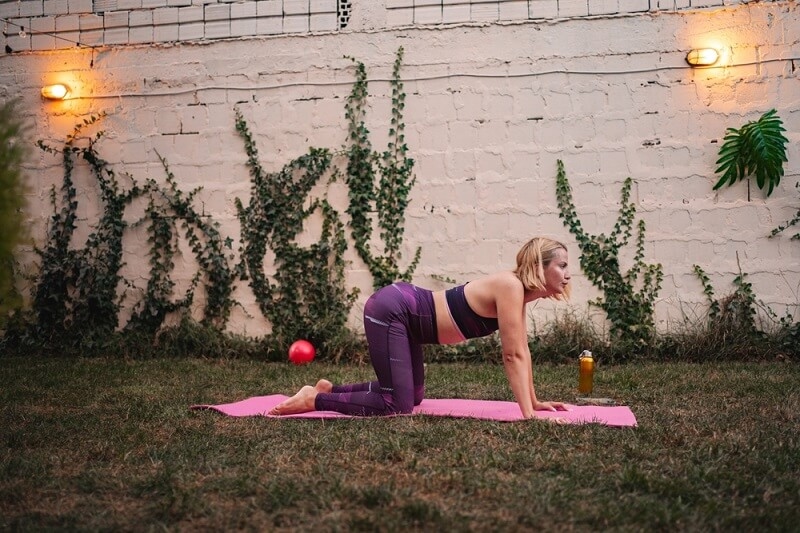
The experience of becoming a mother is wonderful and life-changing, and it demands a lot from us, both physically and emotional changes. After birth, whether in weeks or months, it is essential to find a way to reconnect with your body, particularly as it recovers (and perhaps redistributes) over time. A gentle postpartum yoga class can offer time and space to heal, rest, and restore. For maternal childbirth, a tailored postpartum yoga class can become a haven for healing and self-care.
Suppose you are starting a postpartum yoga practice. In that case, postpartum yoga for beginners may be the perfect approach to being with your body in kind, deliberate, and mindful movement as it recovers. This post will provide a safe and effective postnatal yoga class with some of the most impactful postpartum yoga moves to consider practicing at home.
The period following childbirth, usually called the "fourth trimester," offers a unique adjustment time. The body is recuperating from creating and birthing a child, and the mind and emotions are trying to make sense of this new reality. A postpartum yoga practice does not mean you are looking for a vigorous workout or your most challenging pose. In fact, a postpartum practice is precisely that: an opportunity to listen to your body and to offer it what it needs the most—gentle strength, release, and restoration.
The benefits of a gentle postpartum yoga practice can be considerable:
Before you begin practicing, obtaining clearance from your doctor or midwife is essential. Generally, you would receive clearance from your doctor or midwife at your six-week postpartum check-up, but if you had a cesarean section or complicated delivery, you may need to wait longer. Always pay attention to your body's signals. If something is painful or uncomfortable, please stop right away. Important: this is a healing time, not a time to ignore pain.
Each mother's experience differs, but a safe postnatal yoga practice follows some basic principles.
Breathwork is the foundation of your practice. Deep and diaphragmatic breathing massages your organs, calms your nervous system, and begins reconnecting and re-engaging the deep core and pelvic floor. Spending a few minutes daily practicing slow, full breaths (inhalation and exhalation) can be healing.
The best postpartum yoga sequence does not include aggressive crunches but focuses on subtle, functional core engagement. Draw your navel gently toward your spine and then draw it upward, engaging the pelvic floor muscles (as if you were gently stopping the flow of urine). This coordinated engagement will need to align with your poses while you breathe.
This sequence is a beginner's guide to postpartum yoga. Stay in each posture for 5-10 breath cycles, taking time and moving gently and mindfully. You will need a yoga mat and pillows or blankets for additional support, specifically for comfort.
This is one of the most restorative postpartum yoga practices you can do. With your body supported, this pose opens both your hips and groin, which can feel tight after childbirth, and the position can be profoundly relaxing.

This gentle, flowing movement will mobilize the spine and relieve tension through the back, which is commonly caused by holding a baby.
A standard pose for rest and inward gaze, supported Child’s Pose is deeply soothing.
This mild backbend helps strengthen the glutes and hamstrings while opening the chest and shoulders.
This is a lovely pose for decreasing swelling in the feet and ankles, calming the mind, and relieving tired legs.
Creating a sustainable postpartum yoga routine is more about consistency than duration. Even five minutes a day is beneficial.
Must Read: Helpful Tips for New Moms for Getting to Know Your Newborn
A gentle postpartum yoga practice is a powerful way to care for yourself. This postnatal yoga sequence offers a caring container to rebuild your strength from the inside out. When you take the time to do these safe postpartum yoga practices, you honor your incredible work with your body and establish a foundation of wellness for both you and your baby. Remember, this is your time to heal, reconnect, and gently reclaim your power as a mother.
This content was created by AI